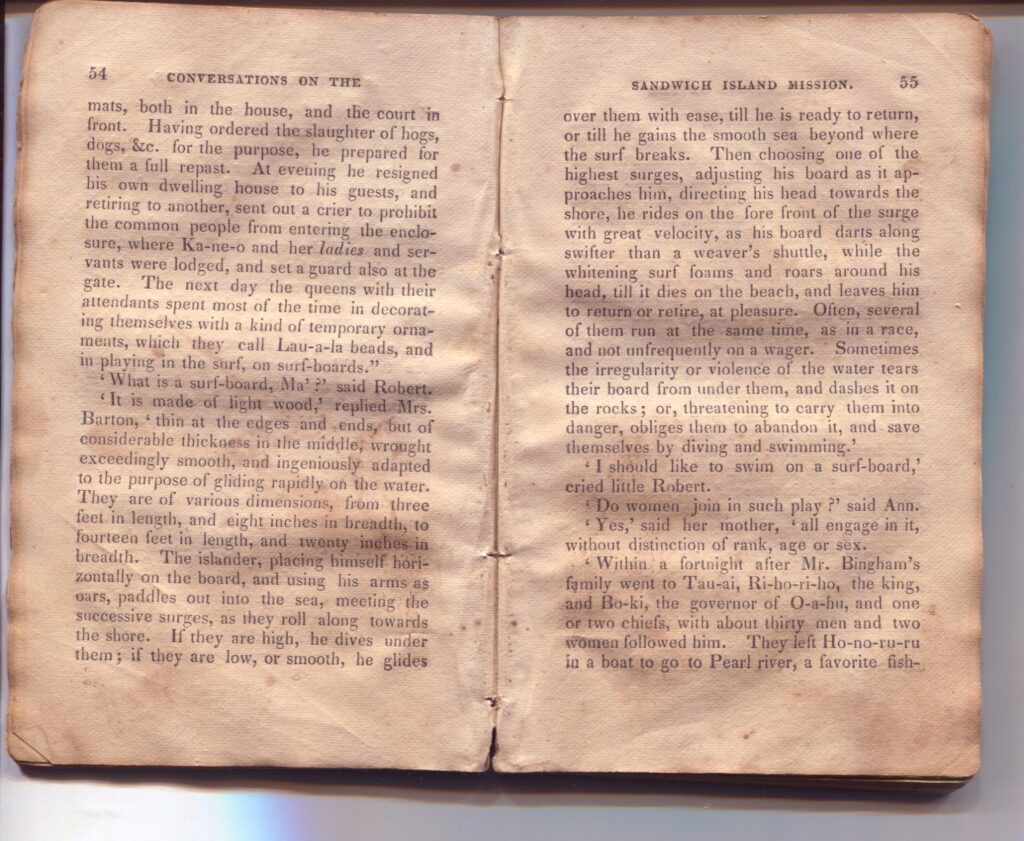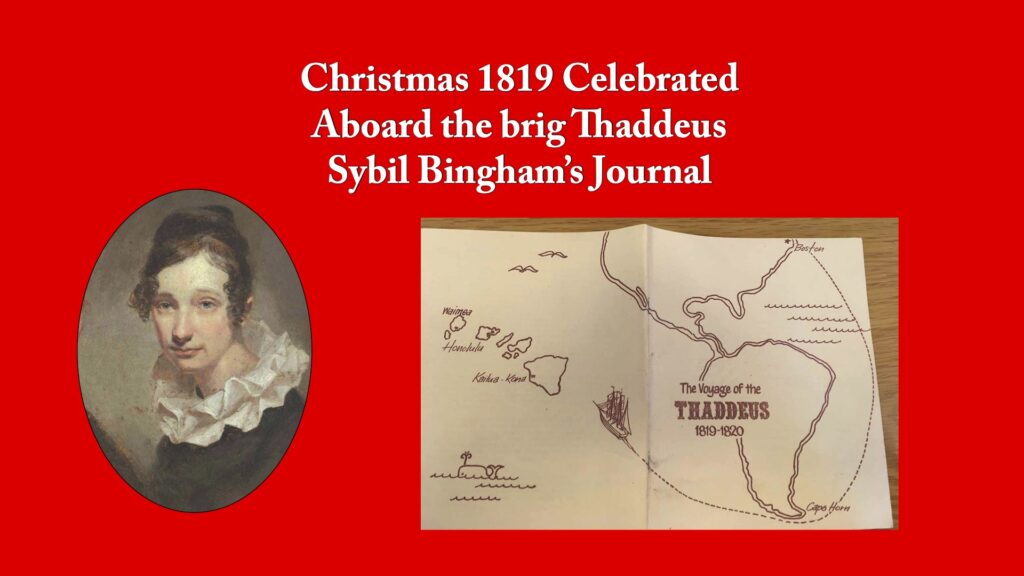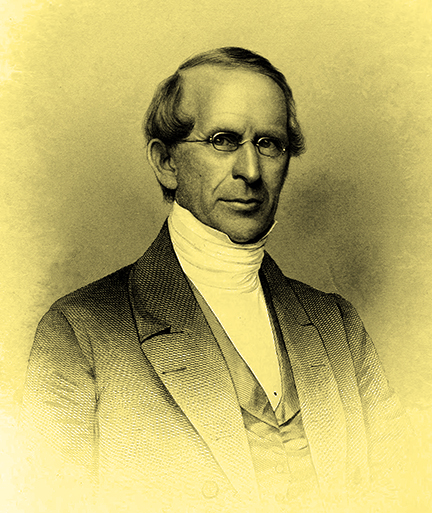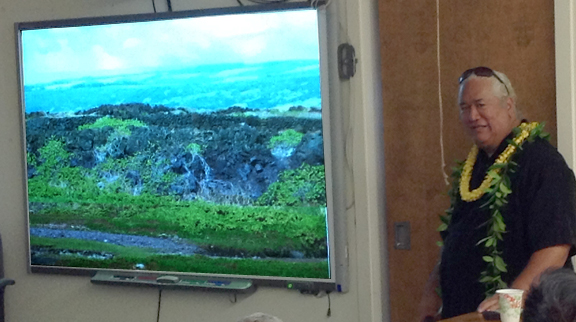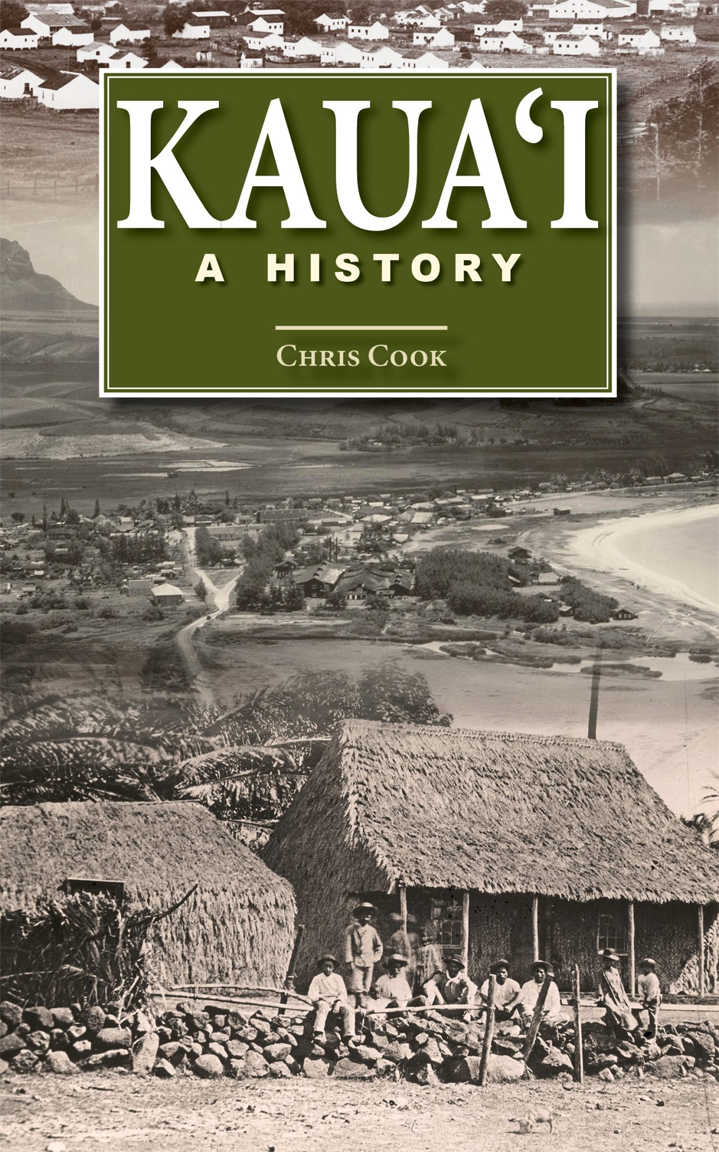
Kauaʻi A History from Mutual Publishing is becoming a popular book here in Kauaʻi. Over December I signed copies at Talk Story Bookstore in Hanapepe and interacted with visitors from across the mainland fielding questions about Kauaʻiʻs colorful past. About fifty images of Kauaʻiʻs history appear in the book, which I selected to both be new to kamaʻaina readers and informative to malihini readers are included, many in full color. The cover features an image new to me of Waimea folks sitting on a rock wall in front of either a thatched western style store or home alongside a traditional style thatched hale. Featured in the book are overviews of Kauaʻiʻs sugar plantations, town histories, and a look at WWII on the island.
Here’s the back cover blurb for the book:
Kaua’i A History paints a portrait of Old Kaua‘i in words and images, bringing back to life the rich heritage and independence of an island portrayed as the Separate Kingdom by historian Edward Joesting.
The narrative and images concisely offer informed accounts of Kaua‘i’s history, both island-wide and individual towns.
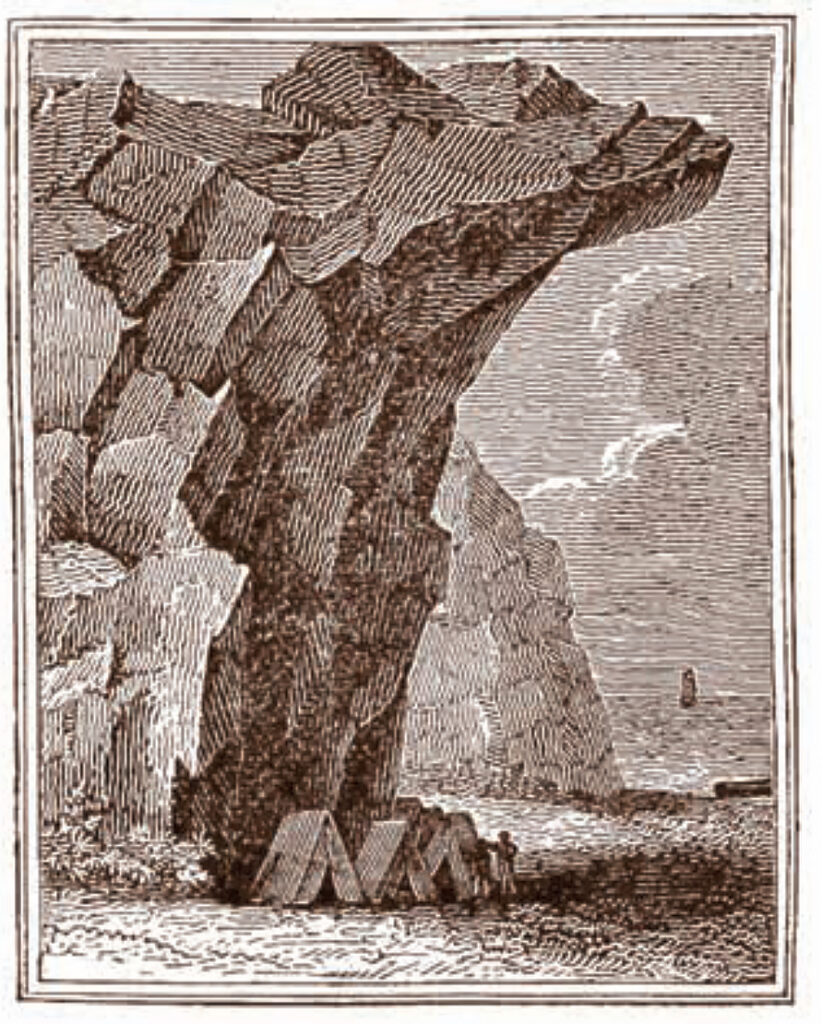
This image of a Boston engravers impression of missionary adventurer Hiram Binghamʻs drawing of his campsite at Nuʻalolo Kai along the Nā Pali Coast of Kauaʻi. This image is published in Kauaʻi A History for the first time since serving as a frontispiece to a rhetorical Sunday school book titled Conversations on the Sandwich Island Mission, First Edition 1829.
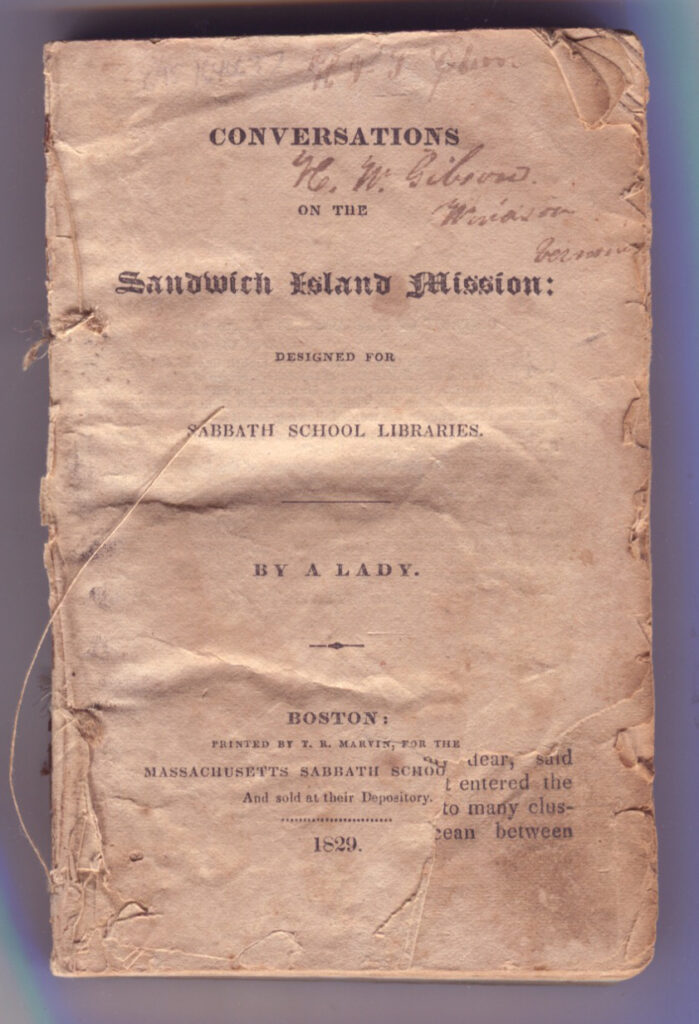
The Bingham engraving of Nuʻalolo camping appeared as a frontispiece to the first edition of Conversations on the Sandwich Island Mission…By A Lady, published in Boston in 1829 for the Massachusetts Sabbath Schools. Only a handful of the first edition of this book are known to exist. Unfortunately this copy of Conversations on the Sandwich Islands lacked its cover and frontispiece. I was able to copy the drawing from another copy. Surprisingly, this question and answer children’s book has a good description of surfing in the Hawaiian Islands taken from the journals of American missionaries to Hawaiʻi.
